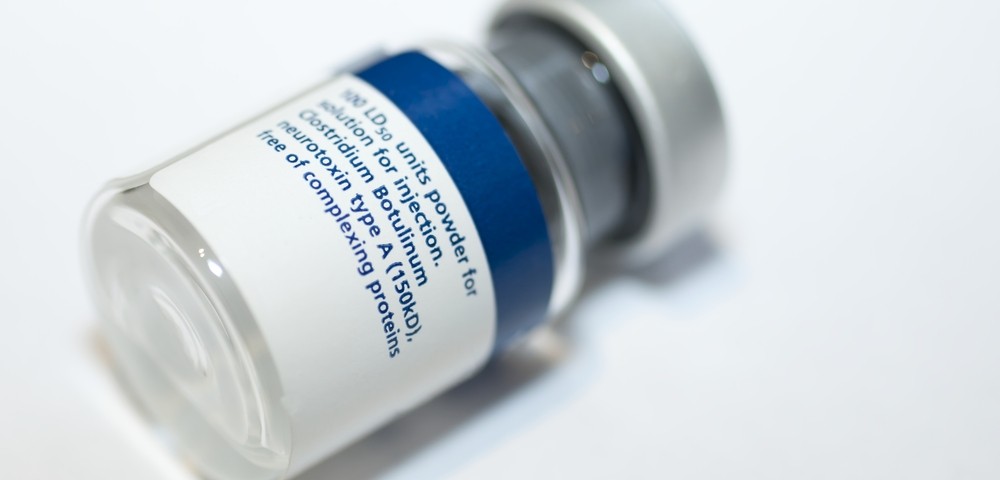The ultimate treatment goal for people with benign prostatic hyperplasia (BPH) is to ease the lower urinary tract symptoms (LUTS) commonly associated with BPH and release the obstruction. Usually, this is accomplished through transurethral resection of the prostate or minimally invasive laser procedures, but treatments that do not include surgery are becoming available.
A report, “Intraprostatic Botulinum Neurotoxin Type A Injection for Benign Prostatic Hyperplasia – A Spotlight in Reality,” published in Toxins, reviews the application of Botulinum toxin A in patients with BPH/LUTS, and sheds some light on its mechanisms of action and clinical results.
Botulinum toxin A (BoNT-A) is a toxin produced by Clostridium botulinum, more commonly known as Botox. It is a potential toxin for humans, as it blocks the signaling between neurons and muscle cells, decreasing muscle contractility, which at the same time provides its therapeutic potential by reducing muscular hypercontraction.
The use of BoNT-A in BPH patients has been investigated since 2003. Its injection into the transitional zone of the prostate under the guidance of transurethral ultrasound, or direct injection through cystoscopy, has been performed with minimal complications and several studies have demonstrated its efficacy in reducing prostate size and LUTS.
BoNT-A acts by blocking the release of Acetylcholine (Ach), a neurotransmitter, from motor nerve cells, leading to a temporary chemo-denervation and muscle relaxation. BoNT-A can also induce an analgesic effect by inhibiting the release of sensory molecules, and is able to induce glandular atrophy due to the loss of nerves close to the glands.
In the prostate, nerve cells play a crucial role in the growth and secretion of prostate epithelium and in the contraction of muscle cells, one of the causes of BPH-associated LUTS. BoNT-A may, therefore, have a therapeutic effect on LUTS/BPH by inhibiting the release of neurotransmitters and inducing chemo-denervation of the prostate. In fact, atrophy and apoptosis of prostate glandular tissue upon BoNT-A injection in mice and dogs was able to decrease urethral pressure, a characteristic of LUTS.
The first study reporting BoNT-A intra-prostatic injection in humans was published in 2003, reporting data from 30 patients, who showed a dramatic decrease in prostate volumes and in prostate specific antigen (PSA), while exhibiting an increase in maximum flow rates upon injection. Similar results were found in patients who were injected with BoNT-A via cystoscopy or through a transrectal approach.
The first multicenter, randomized Phase 2 trial of onabotulinumtoxin A (Botox) also showed beneficial effects. However, it failed to compare treated subjects with a placebo group. That was performed later, revealing no significant differences between the treated and placebo groups.
However, when only those patients who had already taken oral medication without significant effects or were poor candidates for surgery — the ideal candidates for receiving this minimally invasive treatment — were posteriorly analyzed, a significant improvement in Botox-treated patients was observed compared to the placebo group.
“The result that BoNT-A is not better than placebo suggests that BoNT-A is unlikely to be a therapy for the population of male LUTS/BPH through the current injection methods,” the researchers concluded . “However, BoNT-A prostate injection might benefit from a selected population of LUTS/BPH.”

